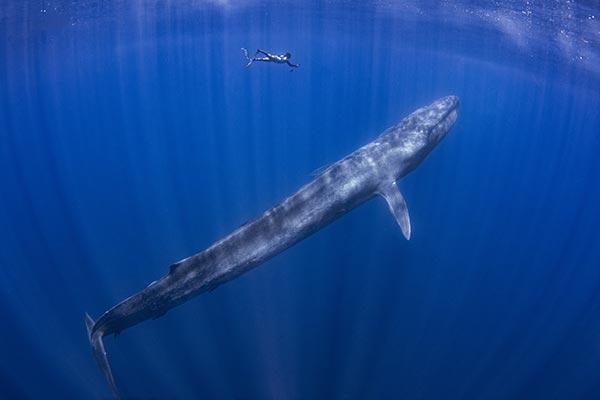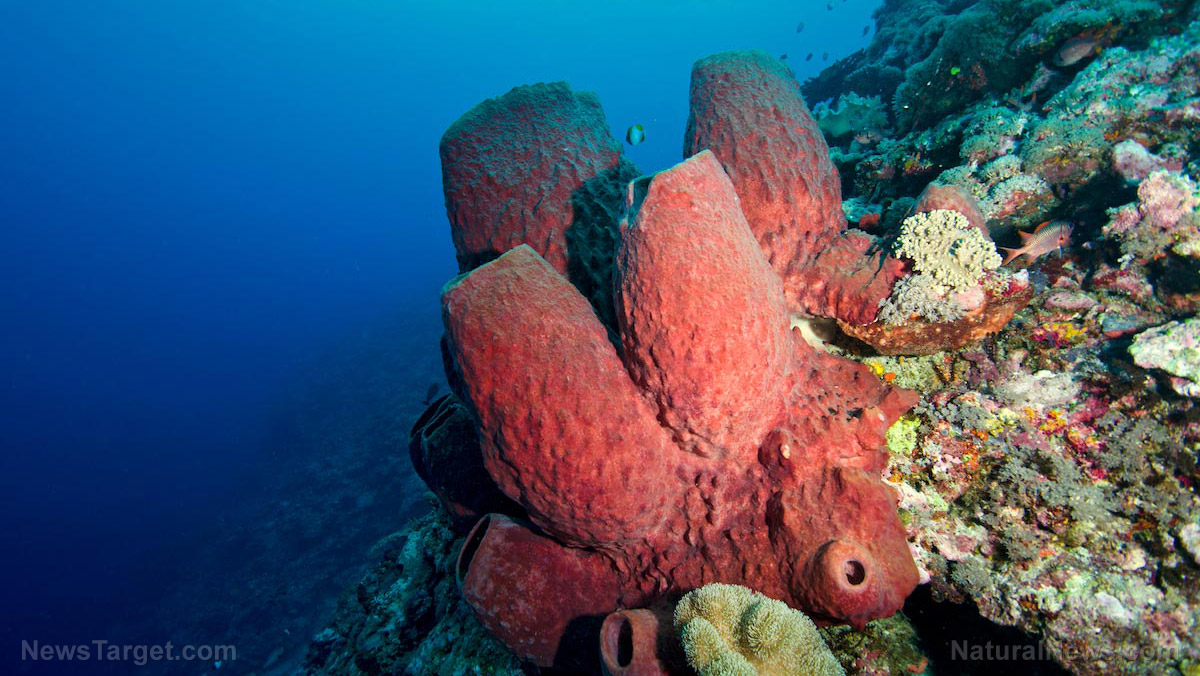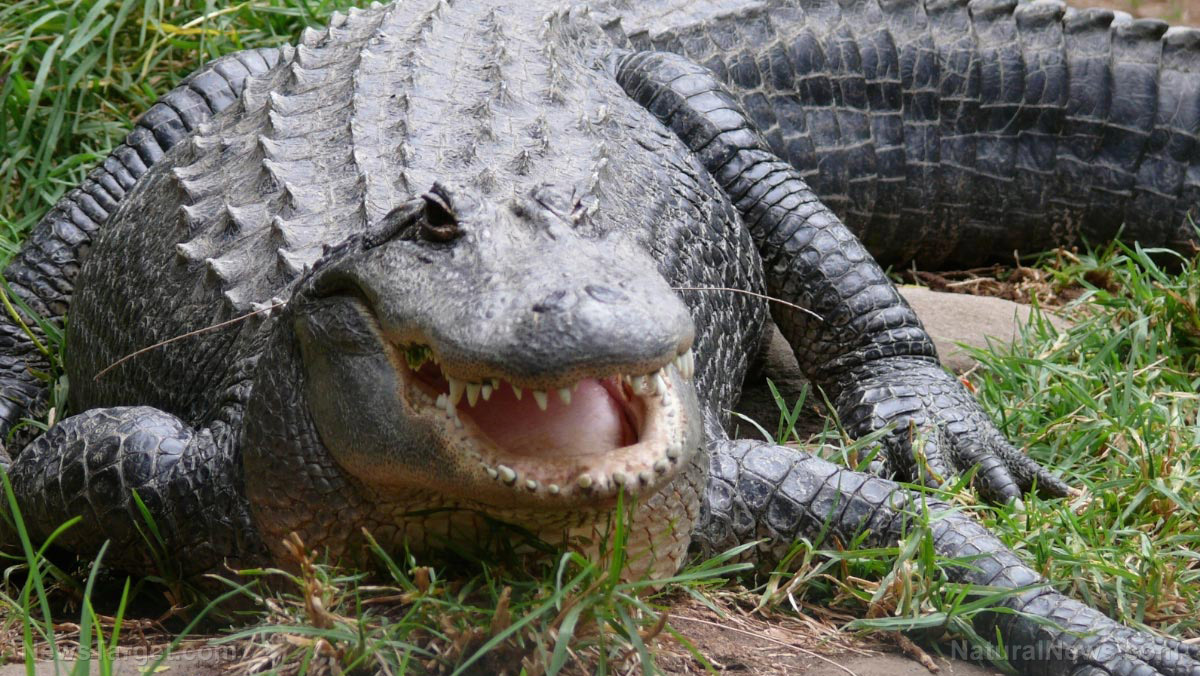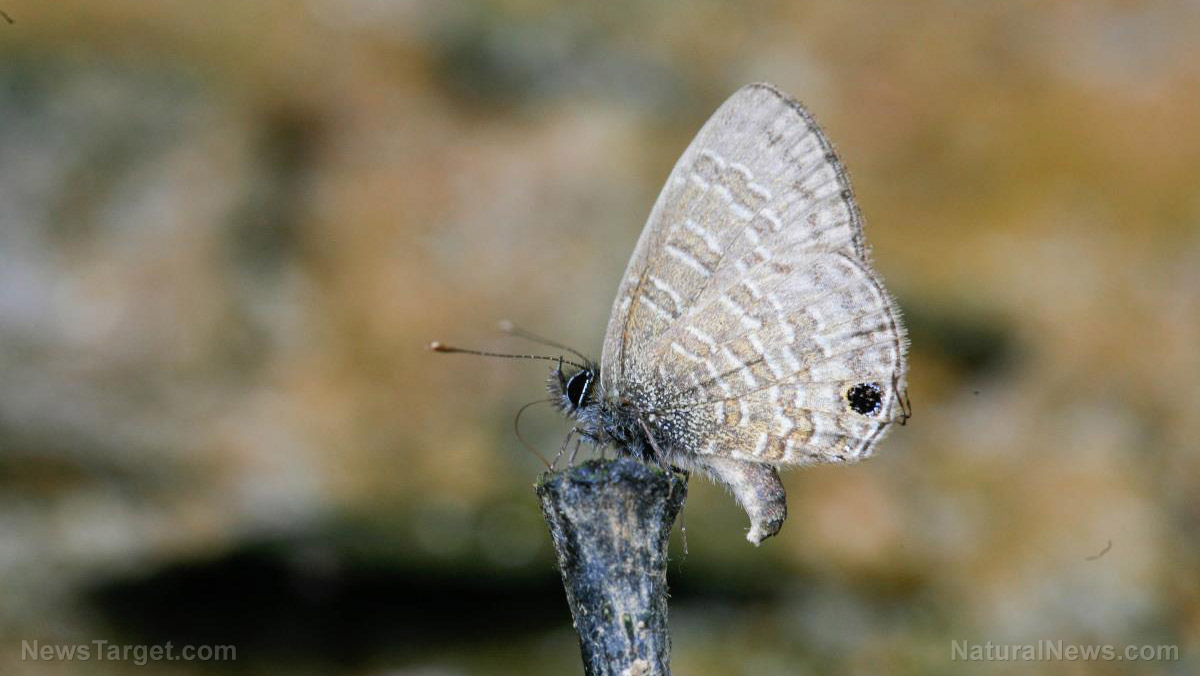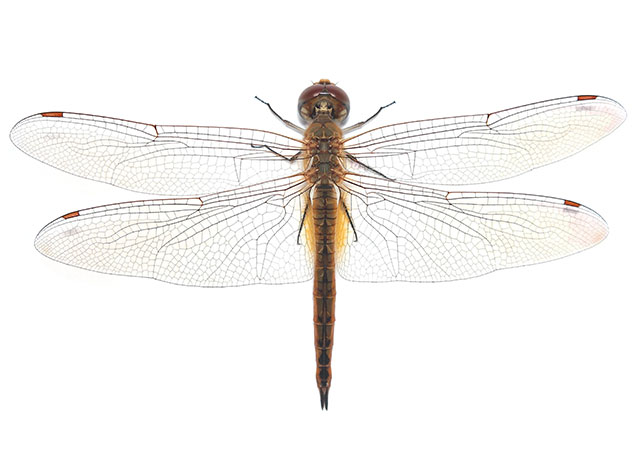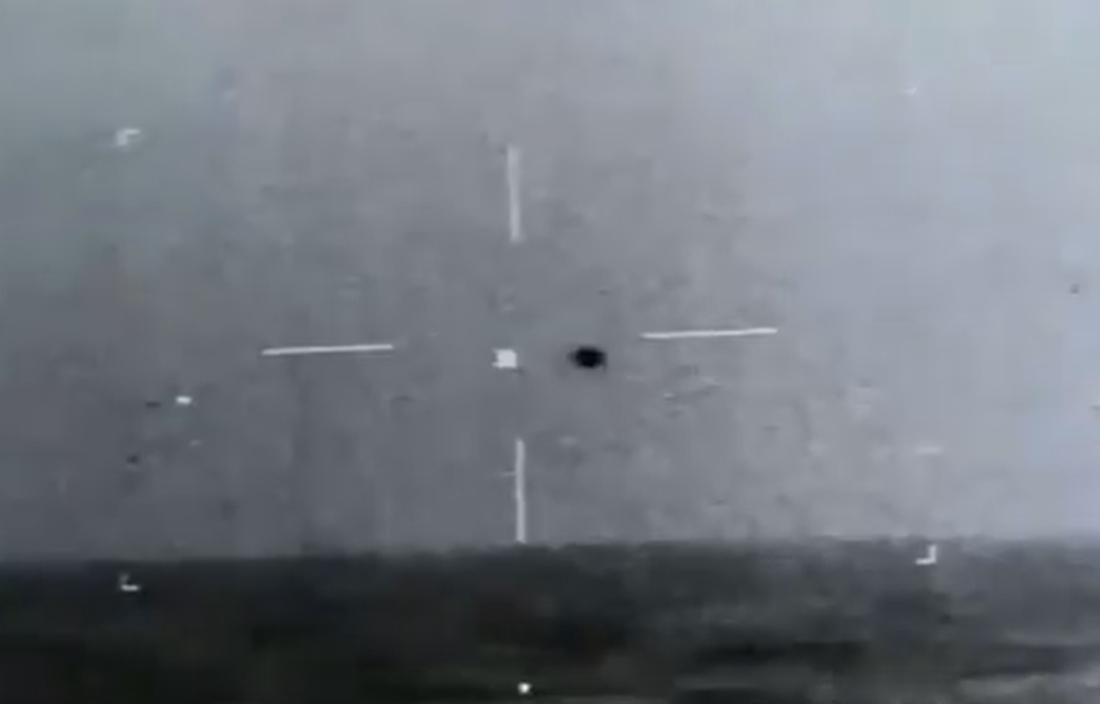Experts discover “terror beast” fossils in Greenland that are over half a BILLION years old
01/12/2024 / By Zoey Sky

Researchers have discovered the fossils of a fascinating “terror beast” marine worm.
Data from the preserved fossils revealed that the underwater creature had a giant jaw and dominated the seas more than 500 million years ago. The research team found the fossils of the newfound species of carnivorous worm Timorebestia koprii (T. koprii) or “terror beast” in northern Greenland.
Details of the study were published in the journal Science Advances.
Terror beasts existed during the early Cambrian period
Researchers said the terror beast existed during the early Cambrian period 485 million to 541 million years ago.
T. koprii had a row of fins flanking each side of its body and a pair of long antennae. Researchers said the terror beast could grow to be up to 12 inches (30 centimeters) long, making it one of the largest swimming animals in its time period. (Related: Experts think there are more GIGANTIC ANIMALS on Earth yet to be discovered.)
In a statement, Jakob Vinther, a paleontologist at the University of Bristol in England, explained that Timorebestia were “giants of their day and would have been close to the top of the food chain.”
Vinther added that it makes them “equivalent in importance to some of the top carnivores in modern oceans,” like seals and sharks and seals, back in the Cambrian period.
The fossils were found in sediments known as the Sirius Passet formation of Greenland. The research team was ecstatic at the discovery because some of the Timorebestia samples were so well preserved that they were able to analyze the worms’ digestive systems to determine some of what these carnivores were eating when they died.
Data showed that most of the prey present in the worms’ guts were Isoxys or marine bivalved Cambrian arthropods. The scientists also found one fossil worm with an Isoxys still in its jaw region.
In the statement, Morten Lunde Nielsen, a study co-author who was a former doctoral student at the University of Bristol, said that Isoxys were very common at Sirius Passet.
Isoxys had long protective spines that pointed both forward and backward to help them avoid being eaten.
Nielsen quipped that the protective spines didn’t always help Isoxys because Timorebestia often consumed them “in great quantities.”
Carnivorous worms have a unique nerve bundle
After bombarding the T. koprii samples with a beam of electrons, the research team discovered a nerve center on their belly called the ventral ganglion. The presence of this nerve bundle, which possibly helped the worms control their locomotory muscles, is unique to a living group of tiny marine worms called arrow worms or chaetognaths.
The study authors said this shows that the T. koprii are distant relatives of modern-day chaetognaths.
They added, however, that one of the key differences between the ancient worms and living chaetognaths is the location of their jaws.
In the statement, study co-author Luke Parry, a paleobiologist at the University of Oxford, said modern arrow worms have threatening bristles on the outside of their heads for catching prey. Meanwhile, Timorebestia has jaws inside its head.
Parry added that Timorebestia and other fossils like it are useful because they provide links between closely related organisms that look very different now.
Visit Discoveries.news for more stories about fascinating scientific discoveries.
Watch the video below for a closer look at a 300-million-year old fossil.
This video is from the Country Dirt Kid channel on Brighteon.com.
More related stories:
Scientists find dinosaur hatchery in India with more than 250 fossilized titanosaur eggs.
Study: 360M-year-old fossil from Ireland proves plants are capable of self-defense.
Study: Asteroid that wiped out dinosaurs allowed flowers to grow on the planet.
Sources include:
Submit a correction >>
Tagged Under:
artifacts, breakthrough, Cambrian period, carnivorous worms, cool science, discoveries, Ecology, environment, fossils, Greenland, marine animals, marine biology, marine worms, real investigations, research, terror beast, Timorebestia koprii, weird science
This article may contain statements that reflect the opinion of the author
RECENT NEWS & ARTICLES
COPYRIGHT © 2017 WEIRDSCIENCENEWS.COM
All content posted on this site is protected under Free Speech. WeirdScienceNews.com is not responsible for content written by contributing authors. The information on this site is provided for educational and entertainment purposes only. It is not intended as a substitute for professional advice of any kind. WeirdScienceNews.com assumes no responsibility for the use or misuse of this material. All trademarks, registered trademarks and service marks mentioned on this site are the property of their respective owners.


